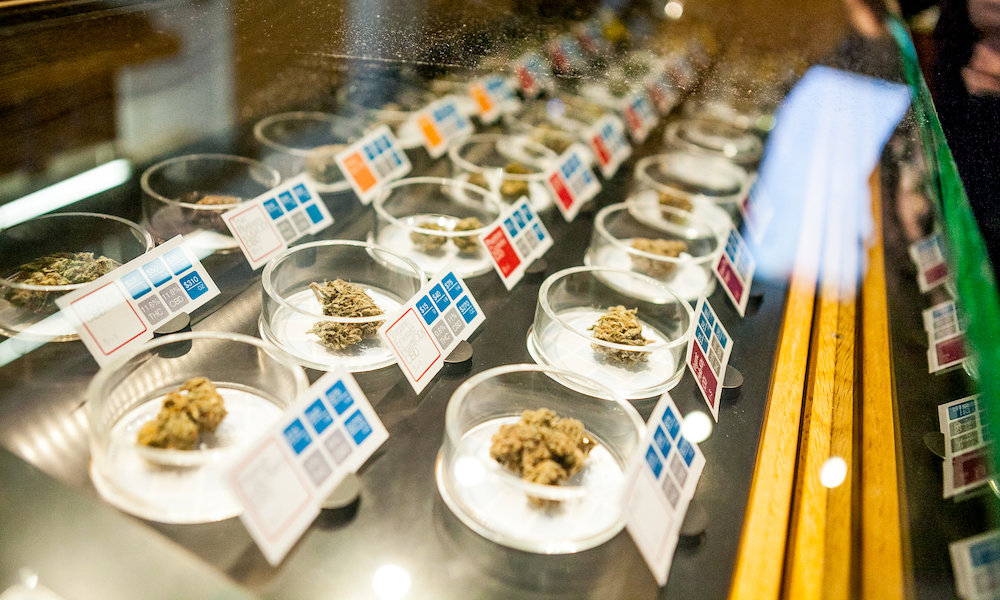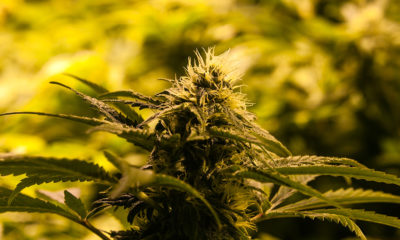
Medical
Yet Another Study: Proximity to Dispensaries Is Not Why Young People Use Cannabis
Recently published research out of Los Angeles contradicts the supposedly axiomatic claim that cannabis retail outlets lure young new users.
In the spring of 2017, students at the Vaughn Next Century Learning Center, a charter school surrounded by strip malls in Pacoima, a working-class area of Los Angeles boxed in by freeways northeast of downtown, were under siege.
The hostile force, school founder Yvonne Chan told the Los Angeles Daily News, was in one of those strip malls: a cannabis dispensary. Most of Chan’s students are Latino and qualified for free or reduced-price lunch; a weed store nearby was just another predatory business, like the nearby “liquor stores, junk yards, and motels,” Chan told the newspaper. “They shouldn’t be here, period. They’re going to attract our kids into drugs.”
Chan and her students’ parents waged a months-long campaign to shut the dispensary — an effort made easier because it was one of LA’s many unlicensed cannabis stores. But, it should be noted, her reasoning wasn’t zoning but the syllogism that has become axiomatic in the marijuana legalization era: There is some kind of nexus between cannabis stores and cannabis falling into the hands of youth, and if only the stores will go away, so will the weed.
This is why there’s an 800-foot buffer zone between “youth-serving facilities” and cannabis outlets baked into California state law. This is also why in every state considering legalization, most recently Illinois, the specter of youth smoking weed is immediately conjured by the prohibition set. This line of logic is predictable as the sun and goes mostly unchallenged, despite the fact that repeated studies have found otherwise.
Here’s another one for the books: According to a study published in June — conducted out of Los Angeles, and funded by the National Institutes on Drug Abuse (NIDA) — there does not appear to be a connection between the density of marijuana dispensaries and youth usage rates.
Proximity Isn’t Primary
Writing in the journal Substance Abuse and Misuse, researchers from Drexel University in Pennsylvania, the University of Southern California Department of Pediatrics and the Children’s Hospital Los Angeles found that a “concentration… of dispensaries surrounding young adult marijuana users in Los Angeles was unrelated to days of marijuana use.”
Instead of the dispensaries’ existence, what compelled young adults between the ages of 18 and 26 to start using cannabis were “individual factors,” the researchers found.
The researchers crunched data from 2014-2015, when there were 425 medical marijuana dispensaries in Los Angeles. (This figure needs its own note: In the medical-marijuana era, which ended when commercial cannabis dispensaries opened on Jan. 1, 2018, Los Angeles was lousy with dispensaries like the one in Pacoima, that openly sold cannabis without official city licensing. That is, there were far more marijuana outlets in LA then than there are now, and with less oversight.)
The researchers found 329 “young adult marijuana users,” 198 of whom had medical-cannabis recommendations. They compared the density of cannabis dispensaries in their area to marijuana use in the past 90 days and found that neither the density of dispensaries, nor how much cannabis was technically legally available to the users had any significant effect. What they did find was than young black people used more than their white counterparts, and Hispanics used far less than non-Hispanics — regardless of how many weed stores were within buying distance.
How relevant is this study in the era of recreational commercial marijuana for adults 21 and over, some of whom may be fearful that children will start smoking weed because the adults are? The study suggests that individuals who use cannabis are using it regardless of immediate availability in stores — and won’t use less or more if there’s a store nearby.
As for the stores themselves: Security at dispensaries is legendary, often annoyingly so, with armed guards and barred windows. Dispensaries stand to lose licensing if they sell to youth—and, as results from stings conducted by state regulators in Oregon and Washington demonstrated, they generally don’t.
The study also looked at patients as young as 18, whose current habits were formed when they were school-age teenagers.
Most of this was known when Chan and her students’ parents in Pacoima waged her campaign against the local weed store. She was within her right to do that — nobody says that anyone has to like cannabis, or anything else. But the evidence suggesting that shutting down the dispensary had any effect on her students’ decisions to use cannabis one way or the other was thin then and thinner now.
She might have more wisely spent her time in the classroom.
TELL US, do you think you’d consume more cannabis if you lived closer to a dispensary?

























